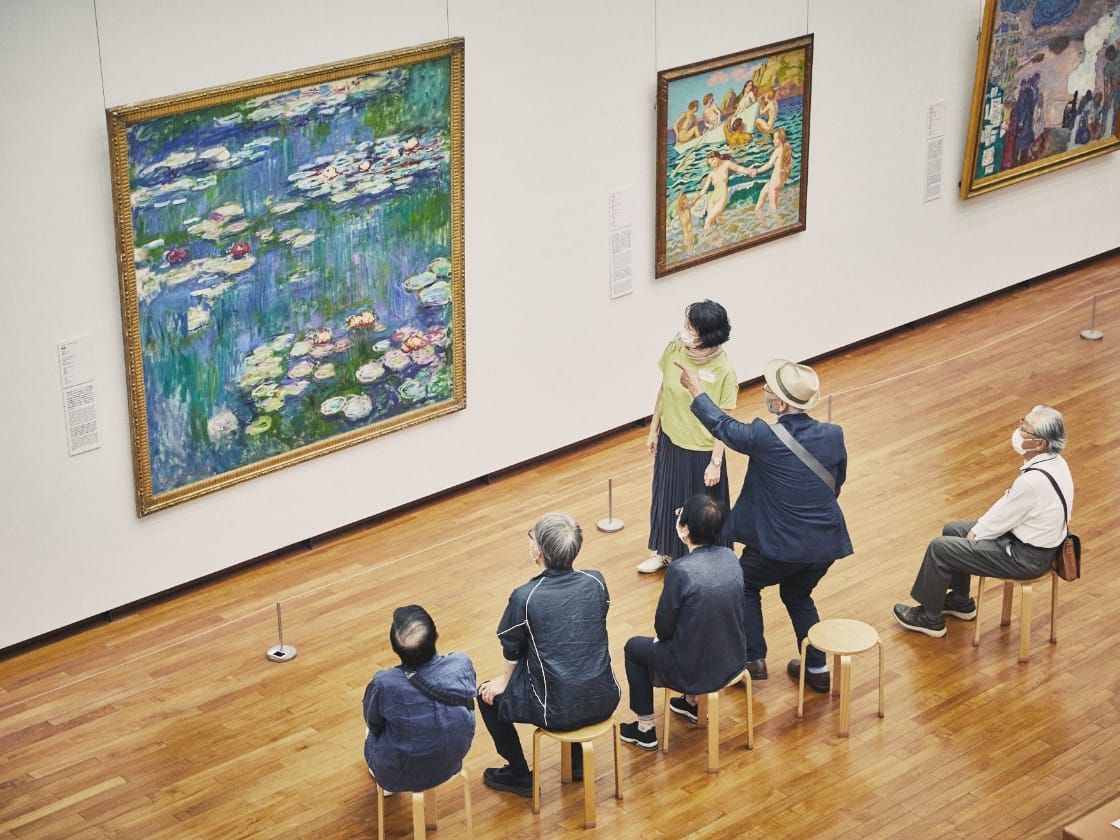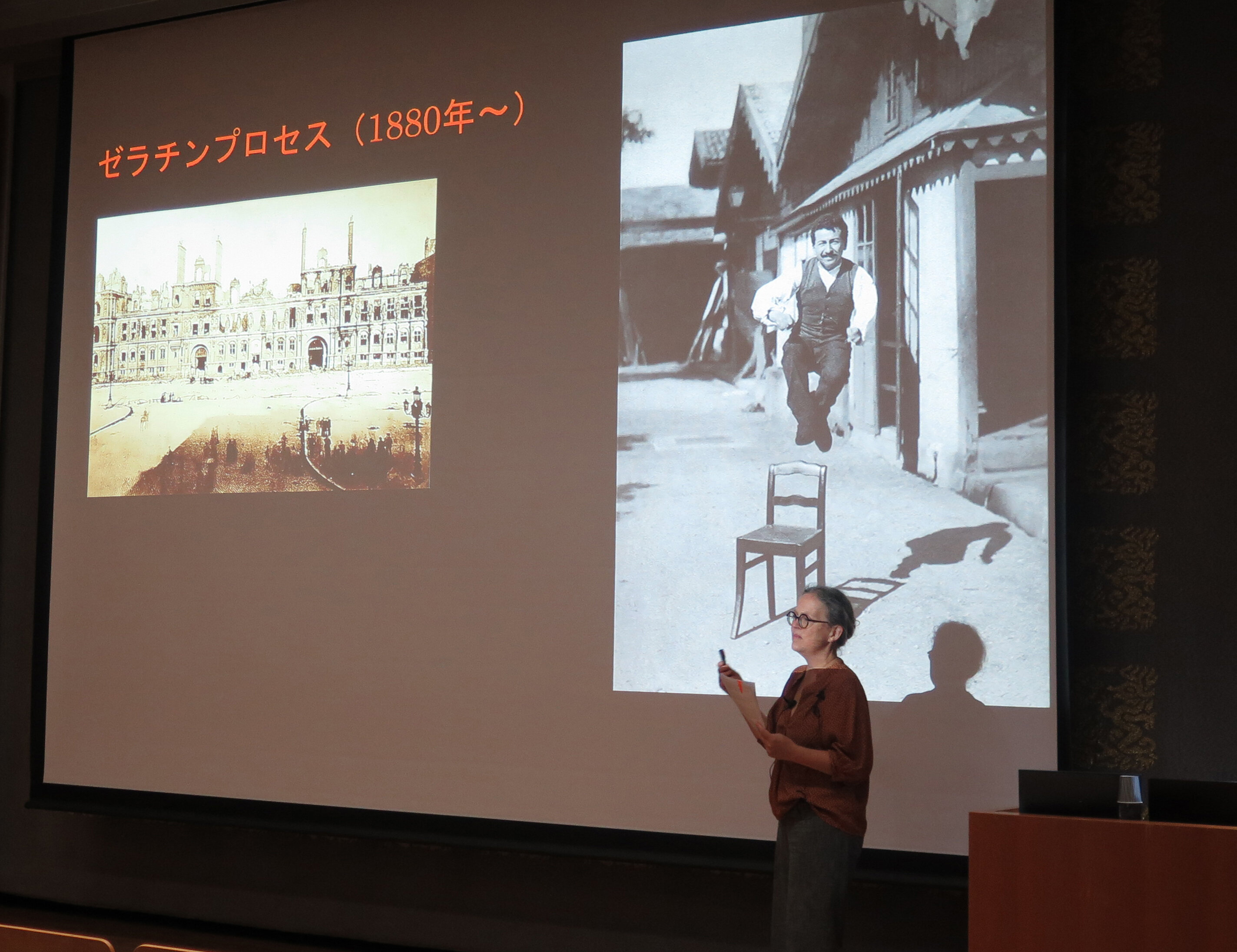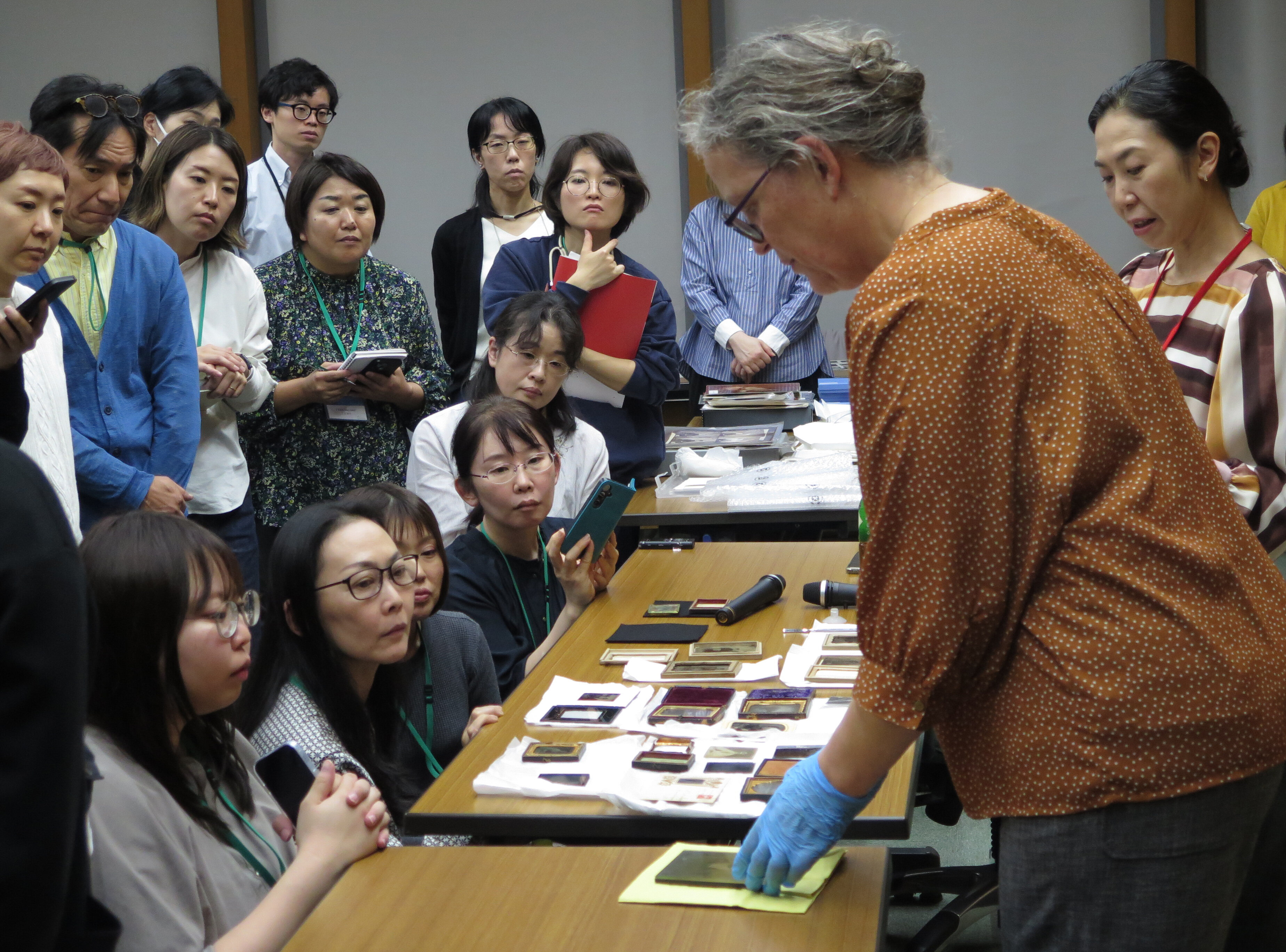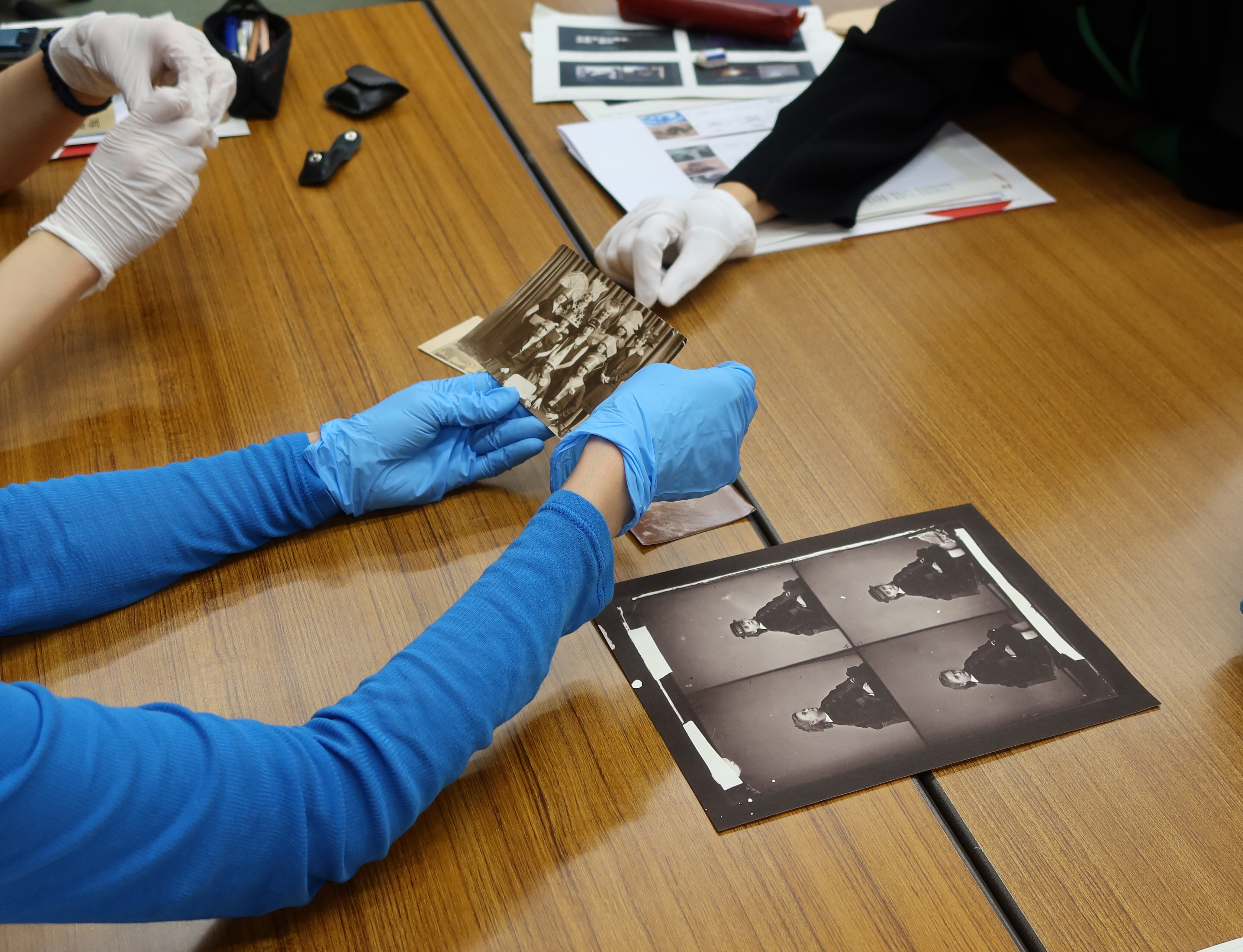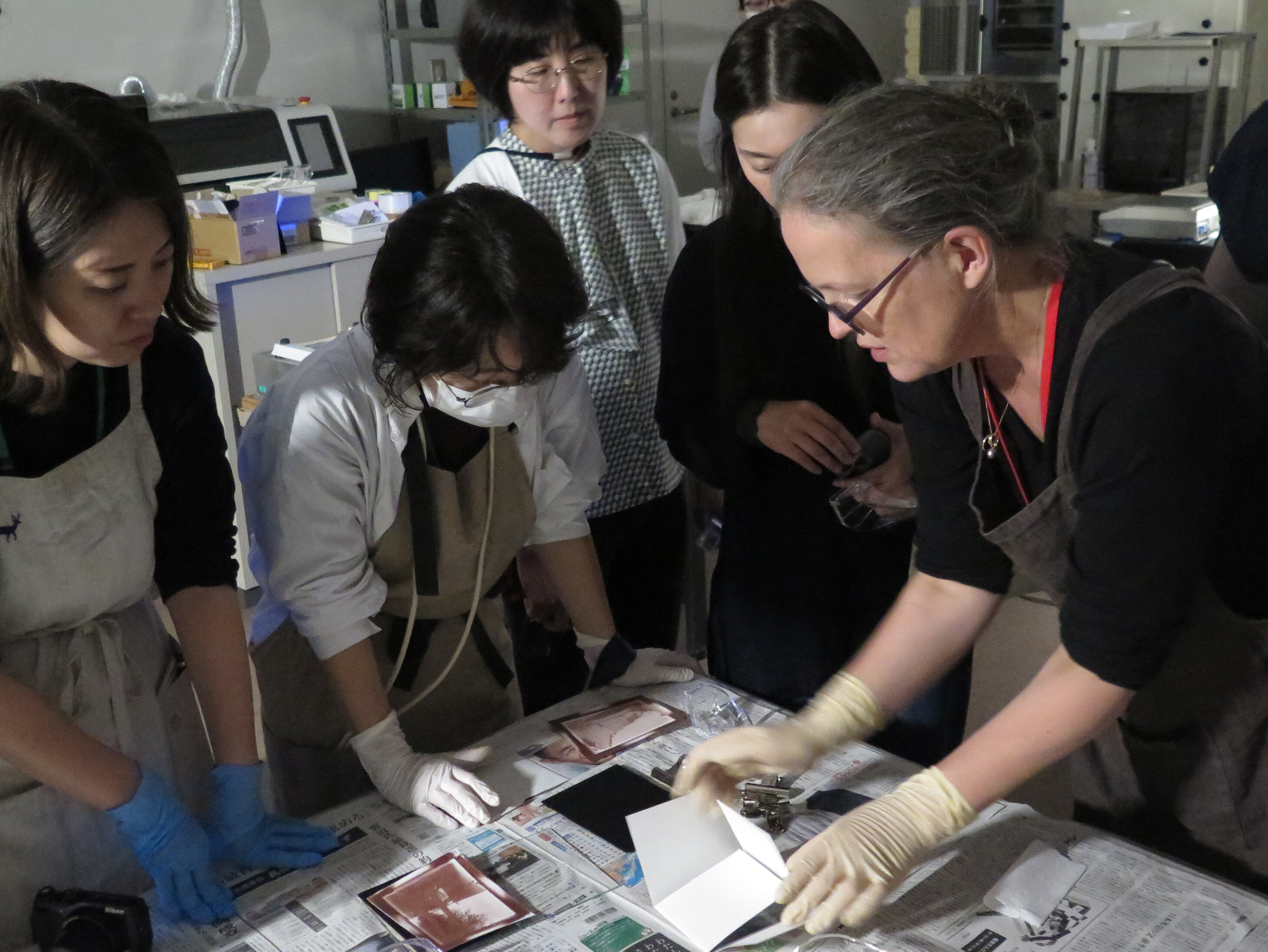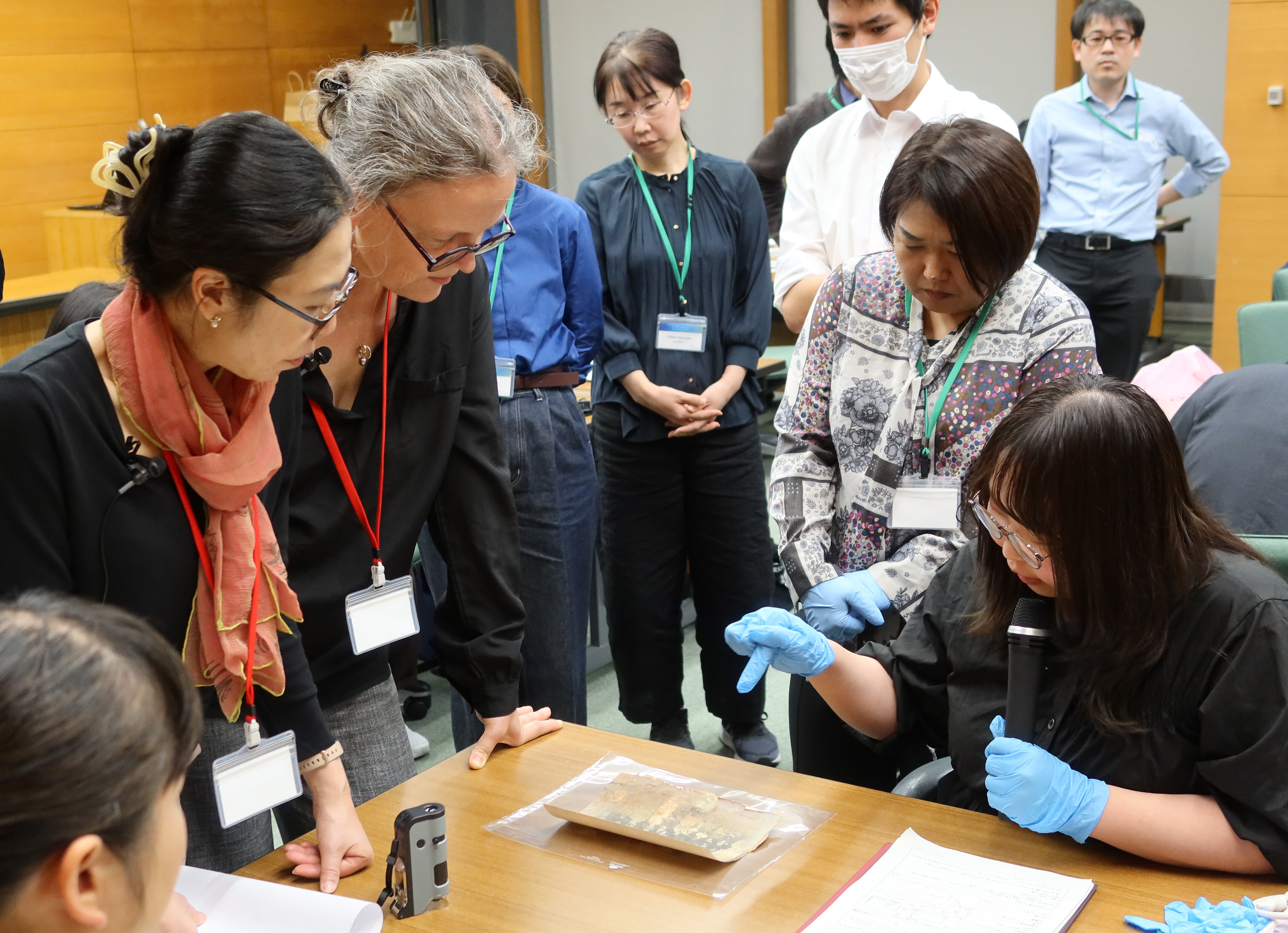[Report on Conservation Workshop] “Workshop on Conservation of Cultural Heritage: Photographic Identification and Preservation”
![[Report on Conservation Workshop] “Workshop on Conservation of Cultural Heritage: Photographic Identification and Preservation”](/en/upload/1c152853aa03ecce6df15d2df5a7dbb4e744736e.jpg)
The “Workshop on Conservation of Cultural Heritage: Photographic Identification and Preservation” was held from October 29 to 31, 2024. It was jointly organized by the National Center for Art Research and the Tokyo National Research Institute for Cultural Properties (TOBUNKEN).
The lectures were thematically structured, each building on the contents of preceding lectures, and delivered in easily understandable terms. The first day’s theme was “History and Identification of Photographic Techniques,” followed by “Degradation and Damage to Photographs” on the second and “Preventive Conservation: Packaging, Storage, and Preservation Environments” on the third. Ms. Furic brought and showed examples of various types of photographs, including daguerreotypes, tintypes, and gelatin processes. Attendees were able to handle these samples, observe them closely, engage in discussions, and ask questions, and the experience was highly valuable and significant.
Practical work sessions began on the first day with participants making salted paper prints, a classic 19th-century photographic technique. They applied silver nitrate solution to paper, sensitized it, and developed photos, gaining a hands-on understanding of photographic principles. On the second and third days, participants identified and assessed the condition of various types of positives, negatives, and prints. They prepared condition reports, presented their findings, and took part in in discussions.
Participants stated that they aimed to further deepen their knowledge and experience in identifying various types of photographs, and many also voiced the intent to apply preventive preservation methods in their work immediately.
※ This workshop was supported by Oketa Collection, and by the grant from the Foundation for Cultural Heritage and Art Research.
Toriumi Hidemi (National Center for Art Research)







